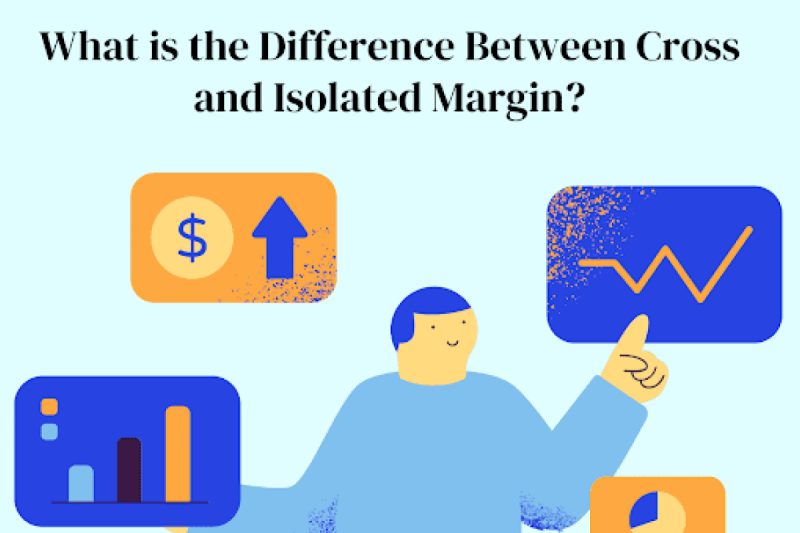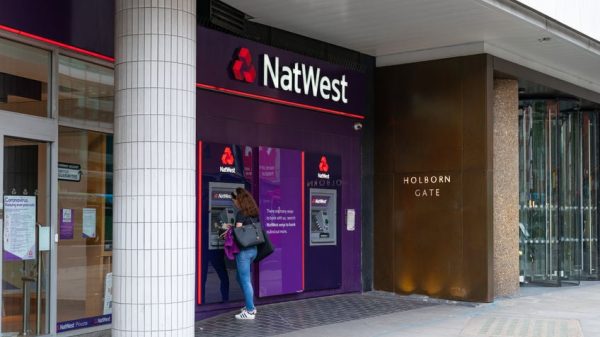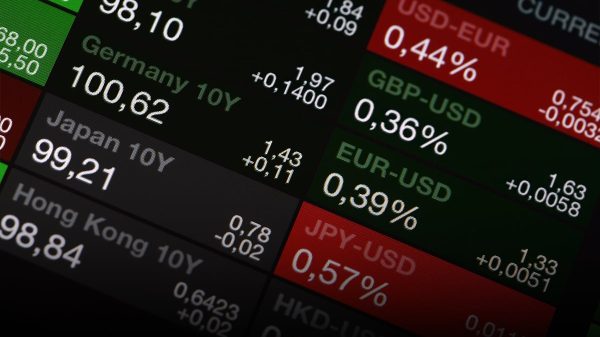
When it comes to leverage trading in crypto, things can get tricky, fast. You’ve probably noticed options for cross and isolated margin, but what do they actually mean? More importantly, how do they affect your trades? One approach might put your entire balance at stake, while the other offers more control but requires more management.
In this guide, I’ll break down what cross and isolated margins are, how they work, and when to use each one. By the end, you’ll have a better sense of which margin type fits your strategy—and how to keep your balance from disappearing in a single trade.
Key takeaways TL;DR
Cross margin shares margin across all your positions, improving capital efficiency but exposing your entire account to liquidation if one trade fails big. Isolated margin limits risk to individual positions, giving you more control over each trade but requiring more margin management. Choose cross margin for flexibility and multiple positions and choose isolated margin to manage risk on specific high-leverage trades.
What is cross margin?
Cross margin lets you use your entire account balance to prevent liquidation by sharing the margin across all your positions. If one trade loses money, it can draw on funds from profitable trades or your remaining balance.
For example, if you open three trades—one profitable, one break-even, and one losing—the profits from the winning trade can cover the losses of the other. This gives you more flexibility in managing risk, but it also increases the overall risk since a loss in one position can affect your entire account.
Cross margin is popular with experienced traders managing multiple positions who really want to put all their capital to work. While it boosts leverage, it requires careful monitoring to avoid the risk of cascading losses across all trades. It’s best suited for traders with a solid track record who know how to manage risk effectively.
What is isolated margin?
In isolated margin trading, the margin for each position is limited to that specific trade. If the trade goes against you, only the assigned margin is at risk, not your entire account. This makes things easier when managing risk by preventing one bad trade from wiping out your whole account.
For instance, if you set an isolated margin of $100 and the market drops, your loss is capped at $100. Even if you have more funds, they won’t be used to cover the margin for that position.
Isolated margin is great for trading volatile assets or managing multiple positions with different risk profiles. It’s popular among traders testing new strategies or handling high-risk trades with a lot of leverage. The downside is that it requires more work to manage all positions.
Key differences between cross and isolated margin
The main difference between cross and isolated margin lies in how margin is allocated and risk is managed. In cross margin, all available funds in the account can be used to cover a position, which helps prevent liquidation, but at the cost of exposing all open positions to potential loss. Isolated margin, on the other hand, limits risk to a specific position by isolating the margin used for it, separating the risk for each trade. To better understand these margin types, you can find more info here.
Here’s a table to better show you the differences:
Aspect Cross Margin Isolated Margin
Margin Shares margin across all open positions. Allocates margin to individual positions only.
Risk level Higher risk: liquidation of one position can impact the entire account. Lower risk: liquidation of one position does not affect other positions.
Capital efficiency More capital efficient, allowing traders to use all available funds for margin. Requires more margin for each position, as each trade has its own margin.
Liquidation impact If one position is liquidated, all available margin from the account is at risk. If a position is liquidated, only the margin allocated to that position is lost.
Best for Experienced traders who knows how to manage multiple positions. Traders who want less risk and more control over each trade.
Flexibility in risk management Less flexibility, as risk is spread across the entire account. Higher flexibility: traders can manage risk on a per-position basis.
Use case Good for traders with diversified portfolios or strategies involving multiple positions. Best for those managing risk for high-leverage, isolated trades, or focusing on single-position strategies.
When to use cross margin
Cross margin is typically favored by experienced traders who keep multiple positions open. It allows traders to pool margin across open positions, sharing risk and using available capital more freely. This approach can be valuable during high volatility, where margin needs can change quickly.
Here’s when cross margin might be your best option:
Multiple positions: Great if you are managing several positions, as your total balance supports all trades. Capital efficiency: With cross margin, you can use profits from one trade to cover potential losses in another, making your funds work more efficiently. Risk mitigation for hedged trades: Cross margin is useful for hedged positions since losses in one trade can be offset by gains in another. Volatile market scenarios: Provides a buffer during unexpected market swings by spreading risk across your account balance.
When to use isolated margin
Isolated margin is great for traders who prefer good control over their individual trades. This method allows you to allocate a specific margin to each open position, guaranteeing that your risk is contained to that trade alone. Unlike cross margin, where losses in one position can affect your entire account, isolated margin only risks the capital you’ve assigned to that specific position.
Most common use cases:
Scalping or short-term trades: Traders looking for short-term profits can benefit from isolated margin as they can limit their exposure. High-leverage positions: For trades with a lot of leverage, isolated margin helps ensure that only the specific position is at risk if the market moves unfavorably. Risk management: Isolated margin is particularly useful when running multiple strategies at the same time, as it separates risks per trade.
Conclusion: Which one should you choose?
The decision between cross and isolated margin depends on your trading style, risk tolerance, and how you want to allocate your capital.
If you prefer flexibility and want to optimize your capital across multiple positions, cross margin might be the better choice. For example, let’s say you have 1 BTC in your account and open long positions in both Bitcoin (BTC) and Ethereum (ETH). With cross margin, both positions share the available margin, meaning losses on one trade could eat into the available funds of the other. This allows you to use your capital better but at the cost of greater risk if one position underperforms.
On the other hand, if you want strict control over each individual position, isolated margin is the way to go. For instance, if you open a leveraged trade on Ethereum with isolated margin, only the margin you allocated to that specific position is at risk. Even if the trade goes south and gets liquidated, it won’t affect your other positions or the rest of your capital. If you plan your risk well, you could see each liquidation as a stop-loss.
Ultimately, cross margin is better suited for experienced traders managing multiple positions with a higher risk tolerance, while isolated margin is better for those looking to limit their risk on individual trades.
The post What is the Difference Between Cross and Isolated Margin? appeared first on CoinGape.


























